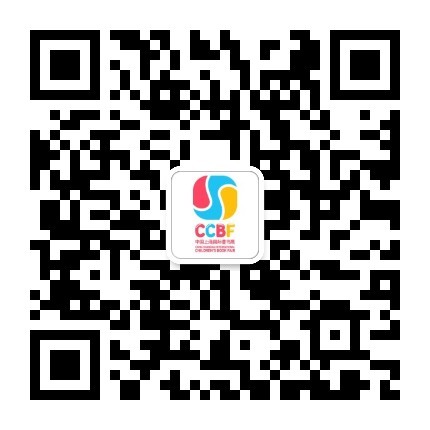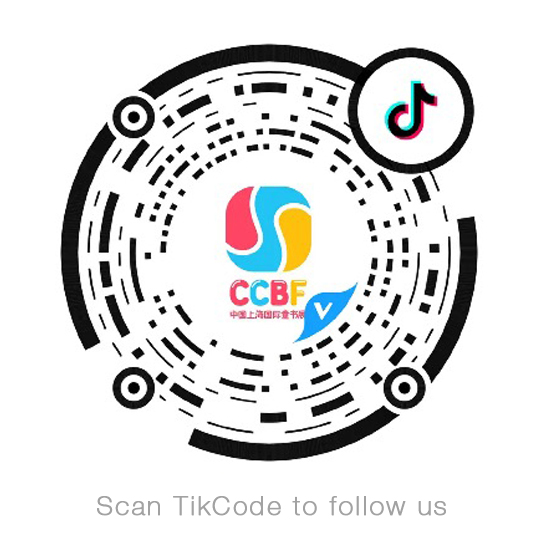Q1: How has your experience in game and book publishing influenced your work in the illustration industry?
Hadi: I’ve had the chance to collaborate with many talented illustrators, which has deepened my understanding of the importance of choosing the right illustrations for a project's success. I’ve learned that diversity in illustration is crucial, as different styles are appreciated in different places and contexts. This has shaped my approach to ensuring that the visual elements of a project align well with its goals and audience.
Q2:As an artist, people often find themself caught in a state of "never-ending" creation. For example, I might complete a piece today, but upon revisiting it the next day, I feel it's not good enough and make further adjustments. I would like to ask, what is the standard for determining when a piece is truly finished? How can I cultivate a sense of completion for my artwork?
Hadi:“Never-ending” creation can be a positive force when it fuels continuous growth and exploration, as exemplified by artists like Picasso. Picasso's approach to art was one of relentless production and evolution. He would complete a piece and then move on to the next canvas, each new work building upon the previous ones. This constant movement allowed him to develop distinct periods, such as his Blue Period, Rose Period, and Cubism, each contributing to a diverse and profoundly impactful body of work.
However, it's important to differentiate between productive never-ending creation and the type that leads to inertia. The latter can result in endless revisions and a paralyzing perfectionism that prevents you from moving forward.
Q3:What types of experimentation and exploration are you looking forward to seeing during the judging process of this competition?
Hadi:I am particularly looking forward to seeing innovation and surprise. I believe that true creativity often comes from stepping outside of conventional boundaries and exploring new ideas and techniques.
Innovation, in this context, means pushing the envelope and experimenting with different materials, styles, and concepts. It’s exciting to witness how artists can take familiar elements and combine them in unexpected ways to create something entirely new. This kind of bold experimentation often leads to breakthroughs and memorable pieces that stand out.
Q4:In your experience, what kind of professional skills and qualifications does a newcomer need to possess in order to embark on a full-time career as a freelance illustrator?
Hadi:Besides a strong foundation in drawing and an individual style, a newcomer needs three important skills to thrive as a freelance illustrator. First, work discipline. Second, the capability to bring depth and personality to illustrations. Third, effective communication, especially when collaborating in a group setting.
Q5:Once you have established your distinctive artistic style, how do you continue to enhance and refine your creative process with each new artwork? Do you find yourself striving for "breakthroughs" in every piece you create?
Hadi:Once you have established your distinctive artistic style, continuing to enhance and refine your creative process involves thoughtful project selection. By choosing some balanced mix of projects—some that align with your comfort zone and others that push your boundaries—you can foster growth and innovation.
Striving for breakthroughs in every piece is not always necessary. Instead, focus on maintaining a steady progression. The comfortable projects help reinforce and perfect your existing skills, while the more challenging ones encourage experimentation and fresh ideas.
Q6:When you encounter creative bottlenecks, how do you typically overcome them? Where do you find inspiration?
Hadi:We all have different methods for overcoming bottlenecks. Personally, I find that physical movement helps trigger ideas and break through creative blocks. Taking a walk, exercising, or simply changing my environment can stimulate my mind and offer new perspectives.
In addition to movement, I also seek inspiration from a variety of sources such as nature, music, books, and conversations with others. Sometimes, stepping away from the work and engaging in a different activity can provide the clarity and fresh ideas needed to move forward.
Q7:The development of artificial intelligence has instilled a sense of crisis across various skilled industries, and one of the sectors that has been particularly impacted is the field of illustration. Objectively speaking, the artistic works produced by AI-based graphical computation are indeed commendable in terms of style and technique. However, when illustrators lack scarcity and competitiveness in the dimensions of "style" and "artistic technique," what do you perceive as the deeper core competitiveness of this profession?
Hadi:One of our upcoming graphic novels delves into this topic. I will have more insights once it is published. From what I can observe, reactions vary widely among people. Some perceive a significant impact, while others remain confident in the uniqueness of their craft.
Q8:Each time you create a picture book, share with us the moment that makes you feel the most happy?
Hadi:I’m currently editing a picture book with a talented Swedish illustrator, and I fell in love with the concept of the book from the start. Enthusiasm is a crucial ingredient in this process. I see my role akin to that of a coach in sports—focusing on identifying and amplifying strengths. In our team of two, enjoying the continuous creative journey is just as important as the final product. Finding joy and fun in the process keeps us motivated and inspired throughout the project.




